


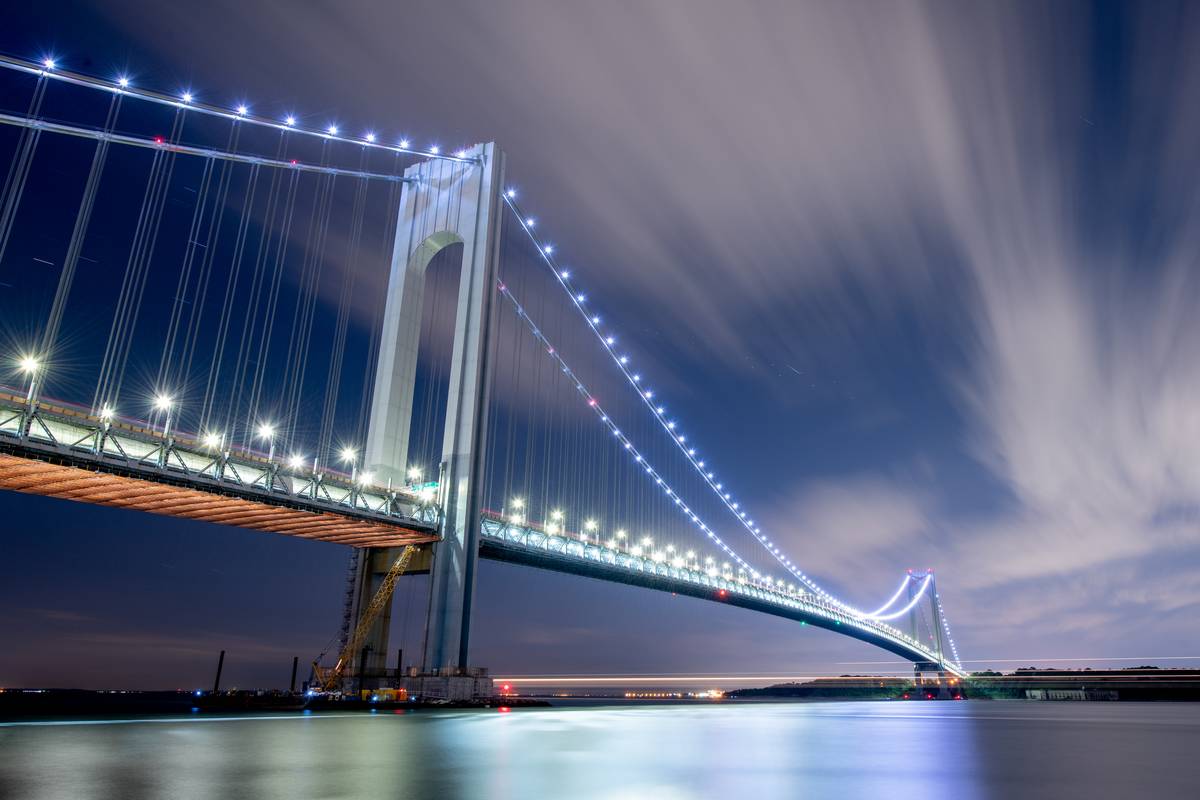
The U.S. boasts over 614,000 bridges, but many are crumbling relics past their prime. Crumbling structures, dizzying heights, and narrow lanes make some bridges a white-knuckle drive. One has even earned the chilling name “Death Highway.” Would you have the nerves to cross these treacherous spans?
Alaska’s Kuskulana Bridge: Where Thrills and Danger Meet
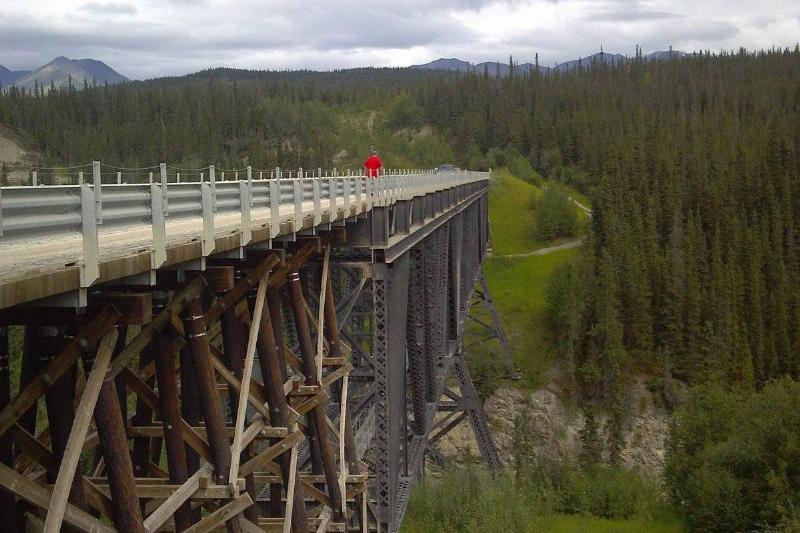
reddit/u/rstumpf
Soaring 238 feet above Alaska’s Kuskulana River, this narrow bridge is not for the faint of heart. Rushing rapids below and a lack of guardrails (in the past!) add to the thrill. While the speed limit is 15 mph, some daredevils push the limits. Pedestrians brave the heights for stunning photos, but proceed with caution – especially in winter!
Deception Pass Bridge: Beautiful But Treacherous
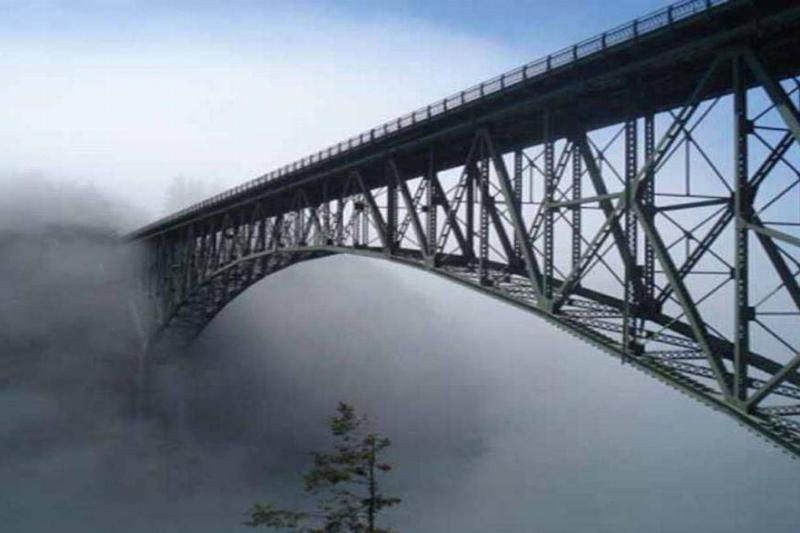
Sheila Kelley/Pinterest
This Washington State bridge offers stunning views…and heart-pounding anxiety! Spanning 180 feet above rushing tides, its narrow lanes and tiny pedestrian walkway handle 15,000 cars daily. Dense fog adds to the danger, making crossing a slow and nerve-wracking experience.
NJ’s “Death Highway”: The Pulaski Skyway’s Deadly Legacy
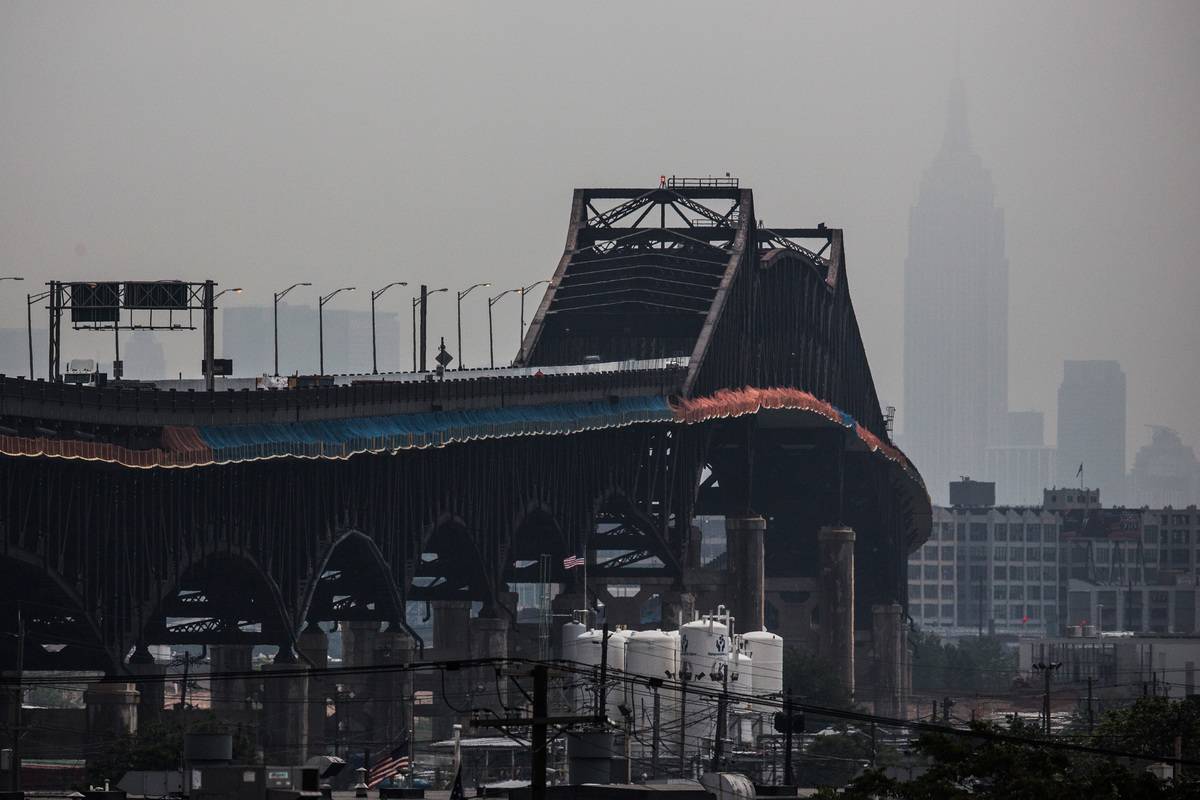
Andrew Burton/Getty Images
Don’t be fooled by its beauty. The Pulaski Skyway, with its cramped lanes and lack of shoulders, has earned a grim reputation. Nicknamed “Death Highway”, this 3.5-mile stretch sees 67,000 vehicles daily, many at high speeds. Since 1930, countless crashes have underscored its enduring danger.
Royal Gorge Bridge: Colorado’s Test of Nerve at 955 Feet
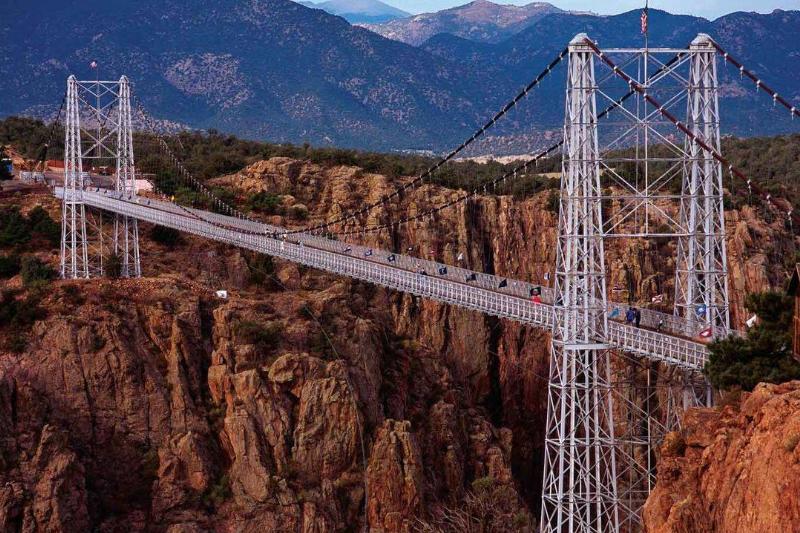
Kathryn Howard/Pinterest
This breathtaking Colorado bridge will make your stomach drop – it hangs a dizzying 955 feet above the Arkansas River! Not just a highway, this 1,260-foot journey is a daredevil’s dead-end, with low railings adding to the thrill. If heights terrify you, steer clear!
Texas’ Roller-Coaster Bridge: The Rainbow Bridge’s Terrifying Ride
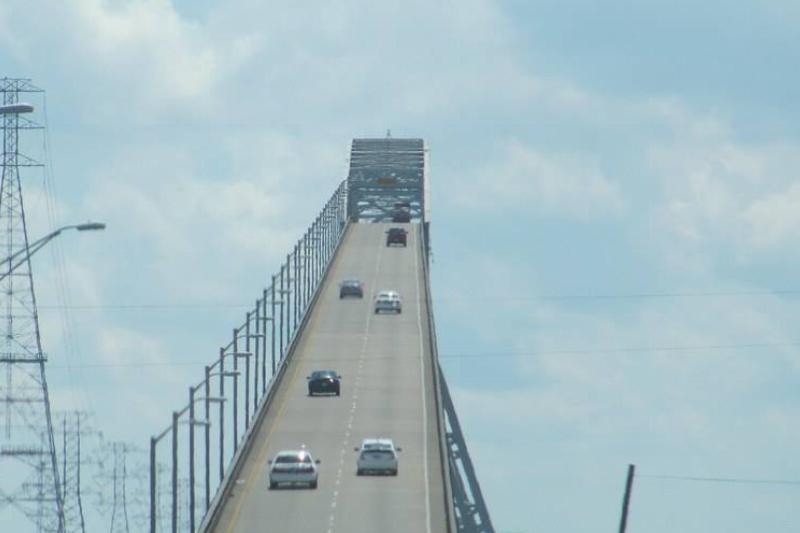
Debbie Sullivan/Pinterest
Forget flat highways! Texas’ Rainbow Bridge offers a heart-pounding climb and descent that looks more like a roller coaster than a road. At 230 feet high (that’s 20 stories!), its narrow lanes leave little room for error. This bridge is visible for miles, giving drivers plenty of time to dread the adrenaline rush ahead.
Montana’s Clark Fork River Bridge: Repaired, But Still Distrusted
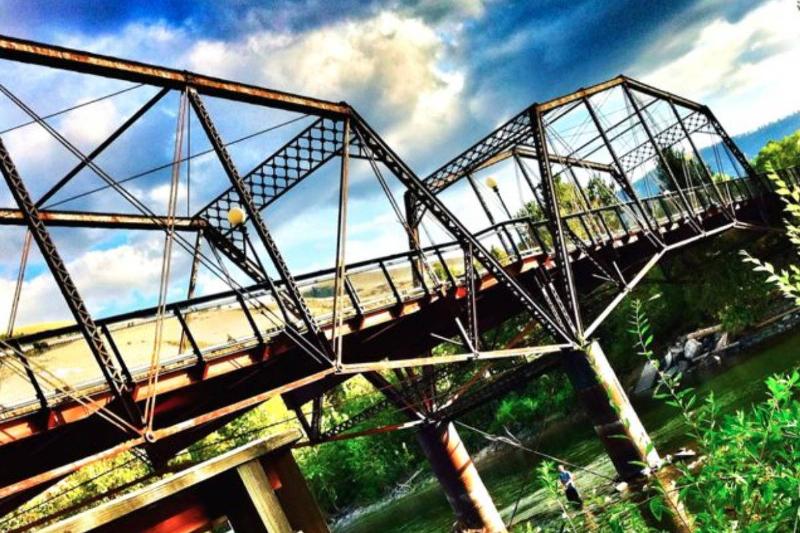
Ellen Librizzi/Pinterest
This short but troubled Montana bridge, built in 1958, saw its condition worsen over the years. Closed in 2020 for extensive repairs, it’s now reopened. While it can handle 23,000 crossings, its shaky past means some drivers may still hesitate to cross.
Emlenton Bridge: Pennsylvania’s Tallest, and Riskiest?
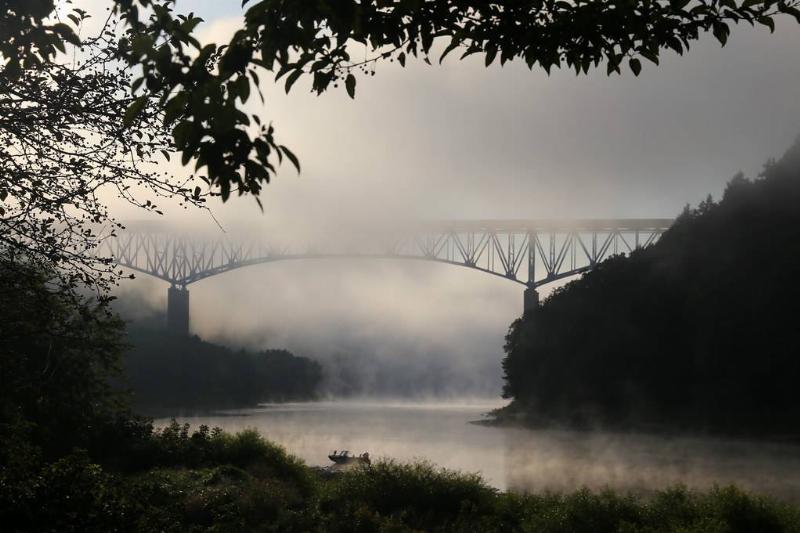
Stephanie Sandoval/Pinterest
Pennsylvania’s bridges are notoriously bad, but the Emlenton Bridge might be the worst. Towering 270 feet above the Allegheny River, its narrow lanes and harsh weather make it an accident hotspot. Distracted driving is a serious danger with such a daunting drop. Proceed with caution – the views are stunning, but the risk is real.
Kahekili Highway: Where the Bridge Isn’t the Only Peril
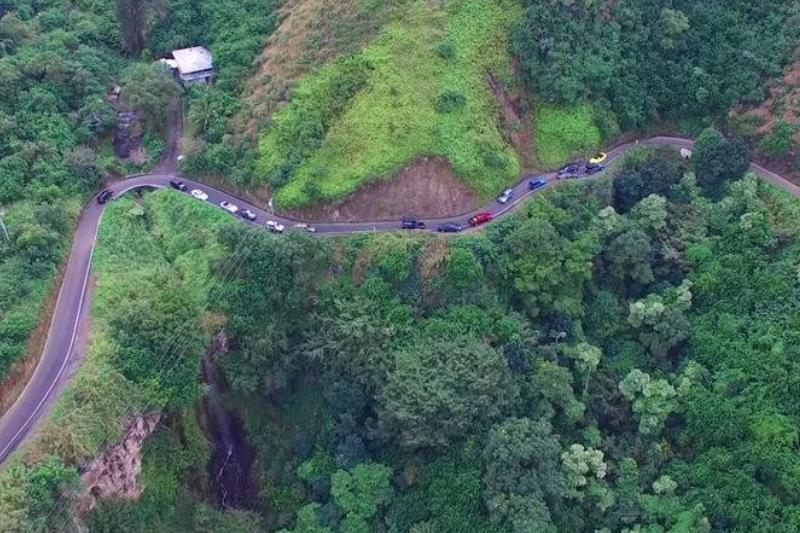
Eric Newman/YouTube
Hawaii’s Kahekili Highway is so treacherous, rental companies won’t cover you! Narrow lanes, crumbling cliffs, and poor visibility make the whole drive a risk. The bridge over Kahakuloa Stream, where cars might scrape the sides, is just one hazard among many.
Chesapeake Bay Bridge: Even Firefighters Fear This Span
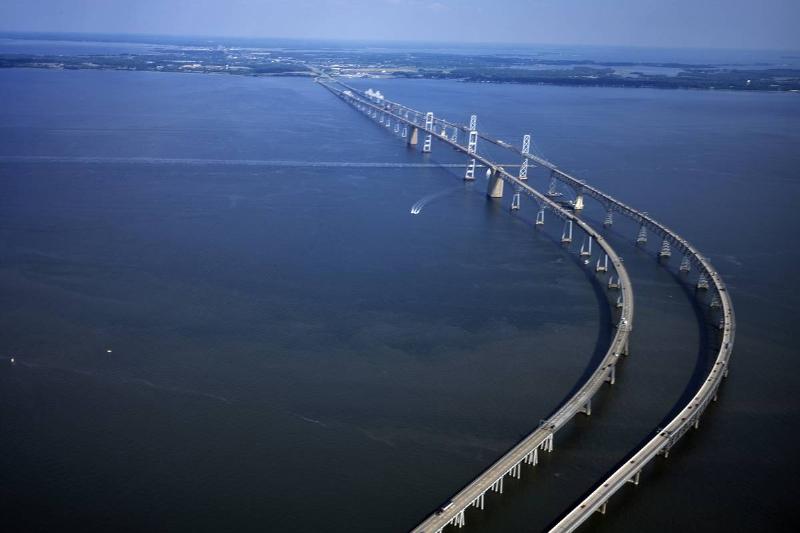
Carol M. Highsmith/Buyenlarge/Getty Images
This massive Virginia bridge spans four miles and rises 200 feet above the Chesapeake Bay, enough to intimidate even firefighters and police. Low railings and the sheer height lead to distracted driving. With 61,000 vehicles daily, collisions from drifting drivers are a constant threat.
Vicksburg Bridge: Battling Floods, Ice, and Accidents
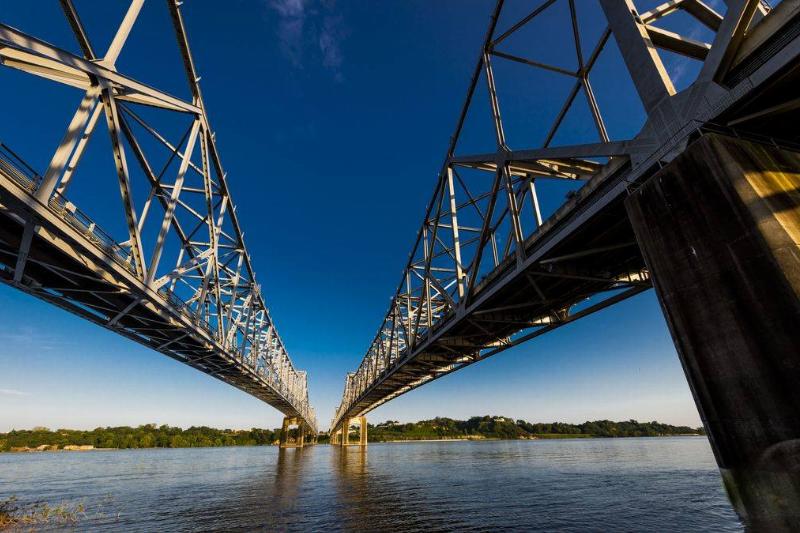
Visions of America/Education Images/Universal Images Group via Getty Images
This Mississippi River bridge faces dangers from above and below. Flooding poses a constant risk, forcing closures for reinforcement. Extreme weather adds danger – icy conditions cause crashes, and barge collisions are a threat when the river rises.
Calcasieu River Bridge: Louisiana’s Dangerous Illusion
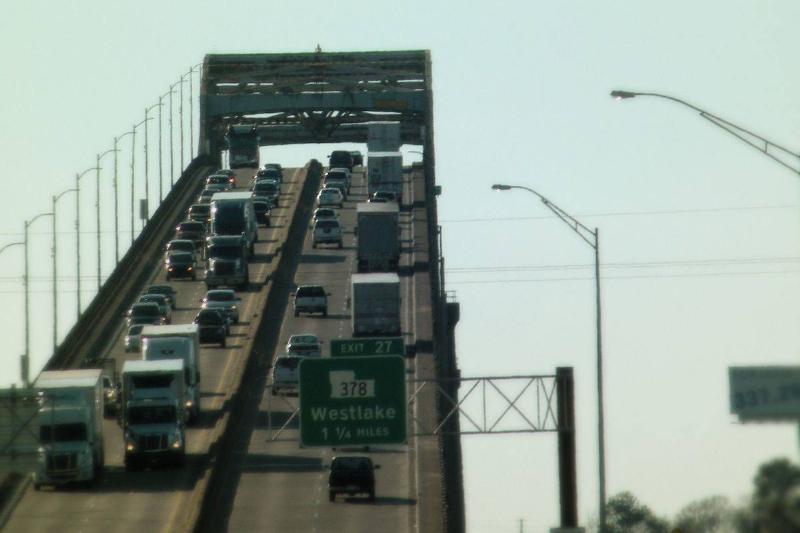
Charlie Bourgeois/Pinterest
This Louisiana bridge might look flat, but its deceptive rise and sudden steep drop catch drivers off guard. With 80,000 vehicles daily, many speed up unknowingly before the sharp descent, leading to frequent accidents on this 6,605-foot span.
Hurricane Sally’s Wrath: Pensacola Bay Bridge Remains Closed

Stephen Morton/Getty Images
Once a bustling route, the Pensacola Bay Bridge was ravaged by Hurricane Sally in September 2020. Storm damage was extensive: piers twisted, spans destroyed. Even after initial repairs, further damage was discovered. For now, Florida’s most dangerous bridge stays closed, a testament to the hurricane’s destructive power.
Greensboro Bridge: North Carolina’s Dangerous Dilemma
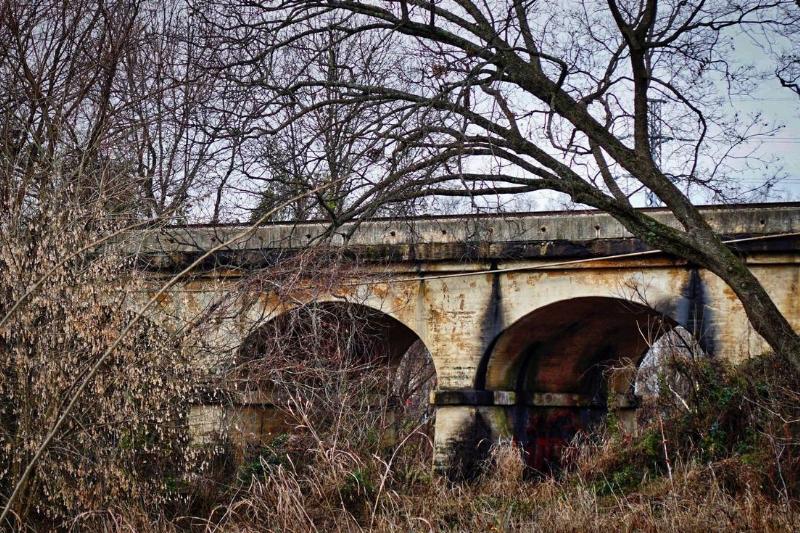
Getty Images
Deemed North Carolina’s worst bridge, the Greensboro Bridge is officially “structurally deficient,” yet remains a heavily-trafficked route for 134,000 vehicles daily. While a $12 million rebuild has been discussed since 2018, no action has been taken, leaving drivers to navigate this risky span.
Mackinac Bridge: Where Winds Will Test Your Grip
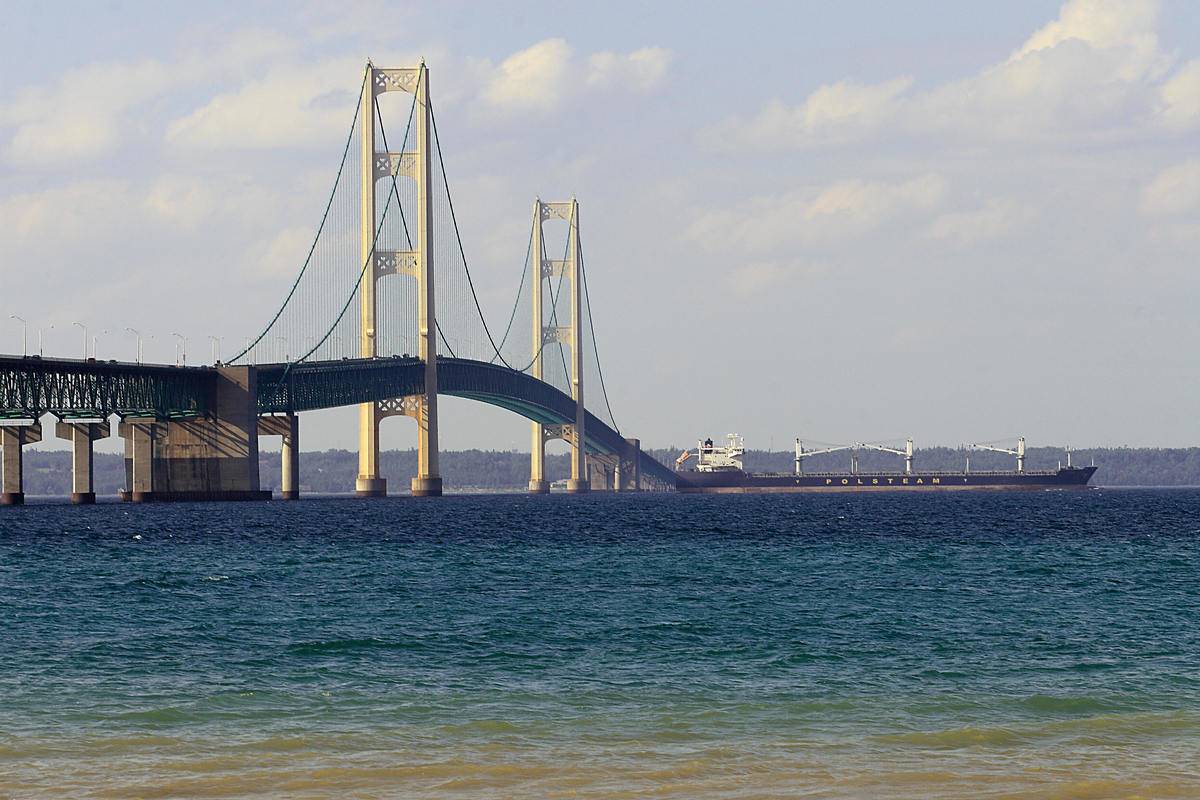
KAREN BLEIER/AFP via Getty Images
Michigan’s Mackinac Bridge may lack curves, but it packs a different punch: powerful 30 mph winds can easily push cars off course. Drivers on this 5-mile-long, 200-foot-high span must fight the wind to keep their car steady. It’s a battle against the elements, not just the road.
Verrazzano-Narrows Bridge: When the Wind Makes the Road Sway

Roy Rochlin/Getty Images
This New York City bridge is notorious for its terrifying sway in high winds, forcing closures as recently as 2020. Truckers dread traversing its 13,700-foot span without fences, fearing their vehicles might topple. While new safety fencing protects against falls, the unnerving motion and potential danger for large vehicles remain.